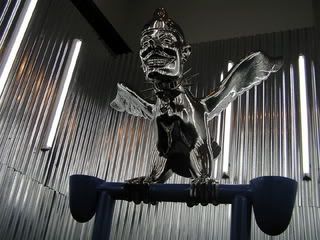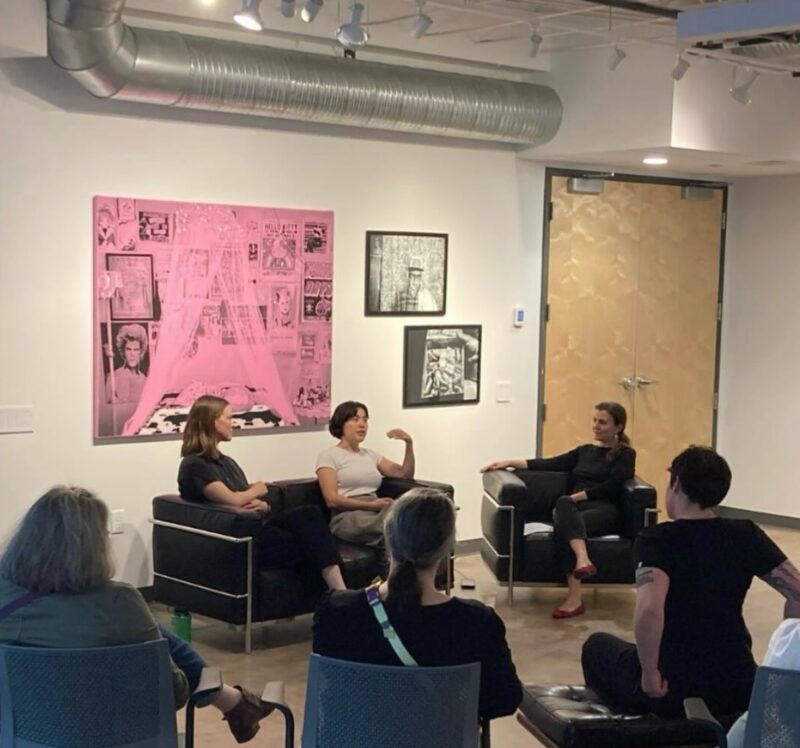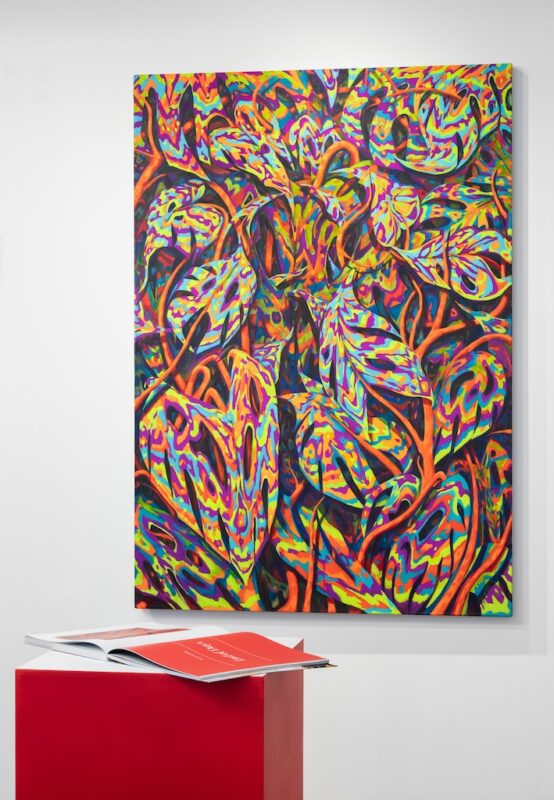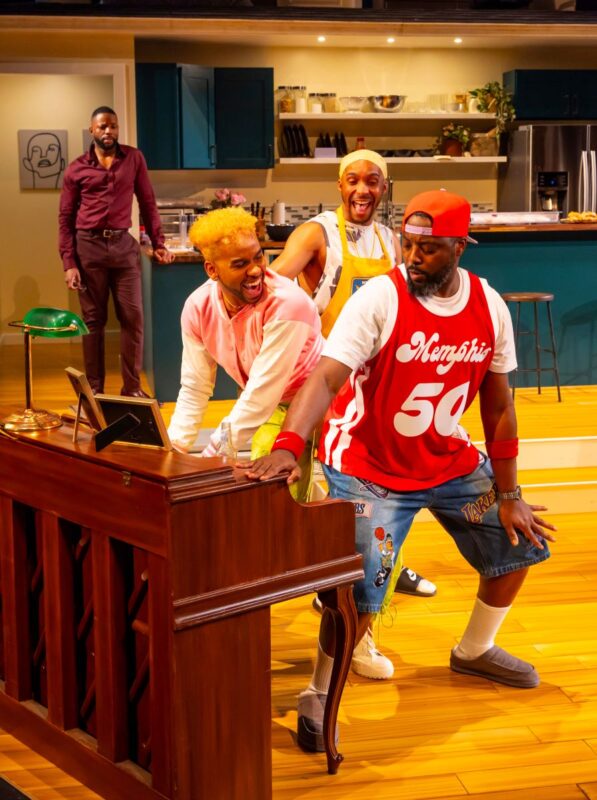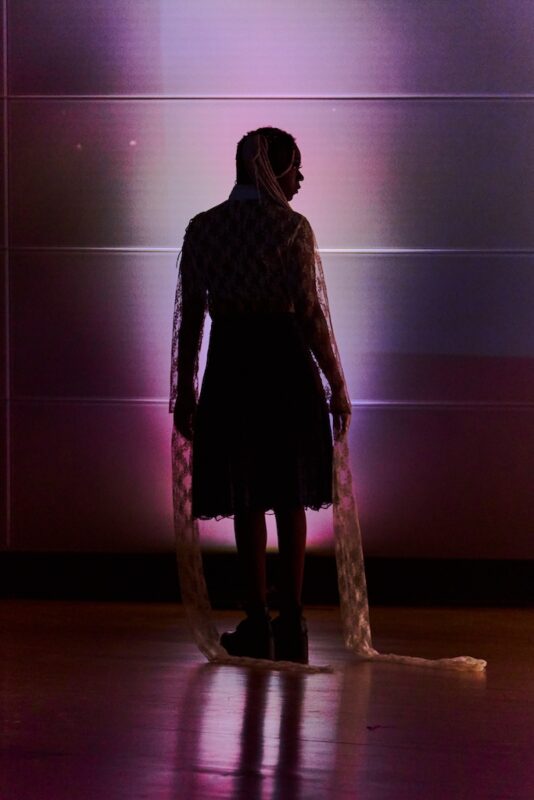Just returned from a fantastic residency in France. Saw the Biennale while there. Like you, it turned out to be more than I expected- much more.
But I disagree with your review on some points- there was a notable amount of political art, although most of the politics were contained within the dynamics of the Arsenale, which was my favourite part of the entire pageant.
It intelligently started off with an Italian dealing with Futurism and Fascism. The videos were excellent, poignant and gave me a new sensibility of a topic I was long familiar, as I was assistant to an Italian Arte Povera sculptor, Salvatore Scarpitta, who knew many of those people.
There were also some wonderful photographers- and video- strong work. The Africans clearly had some of the most potent and opulent works, especially those hangings at the juncture of the two main wings. (I mailed my catalogues, and do not remember his name.) The flow, and placement of artists was largely very thoughtful, and often lead to complex associations. The video of the boy kicking around the skull, next to a deceased artist’s dizzying room full of riotous colours, full of tongue and cheek- a celebration of neon Latino kitsch. They haunted each other.
I also was surprised by the Swiss pavilion- loved the paintings, but hated the left underlying painted wall, which I thought slaughtered several of the works. The wall to the right and the far wall had a stronger dialogue.
I thought the American Pavilion was sadly weak. I happen to love the curator. As a gay man, I’ve often pushed Torres work in my classes. I’ve loved his conceptual spin, the irony and the possibilities. Still, the interior work is looking dated, perhaps to my own overexposure, having just seen yet another show of his poster work in London. Tellingly enough, the people flowing through did not linger and consider, as in the best pavilions. Mostly grab the posters and move on. However, the fountains out front were a saving grace. Their implication of what he might have done, had he lived, was poignant.
Most telling was behind the pavilion, on the canal near the bridge where the garbage was. There was an enormous pile of his crumpled and rolled posters. Many ended up discarding what they took on impulse. I found it highly reflective of the people moving through, and his resonance amid the state of the art world. I ended up doing a series of close-up photos which I’ll title Felix Gonzales Torres at the Venice Biennale. Later, I saw others in other trash cans. I regret not shooting those as well.
There were many surprises. I was delighted with the Serbian Pavilion, where the politics took back seat to an uneven, slightly dated, but strong visual resonance in sculpture. I bought the catalogue.
Did you see the Singapore Pavilion on the Grand Canal? An old friend is showing- Vincent Leow, who attended MICA’s Mt Royal shortly after me and was a lively fixture on the Baltimore scene for some years. His chrome plated clown faced dogs on their backs with erections are a sight to behold, especially under a glittering Murano chandelier.
Last, I was surprised at your acid dismissal of Elizabeth Murray’s works. At the Biennale, I was acutely aware that she was fighting for her life and I saw that fragility in the works. I’ve always considered her an under appreciated inventive original that will outlast many of her contemporaries. Her best paintings have great power and presence. Most of her career her fought against fashion and taste. Yesterday, the Time magazine arrived, announcing her death from lung cancer.
-AlZaruba
